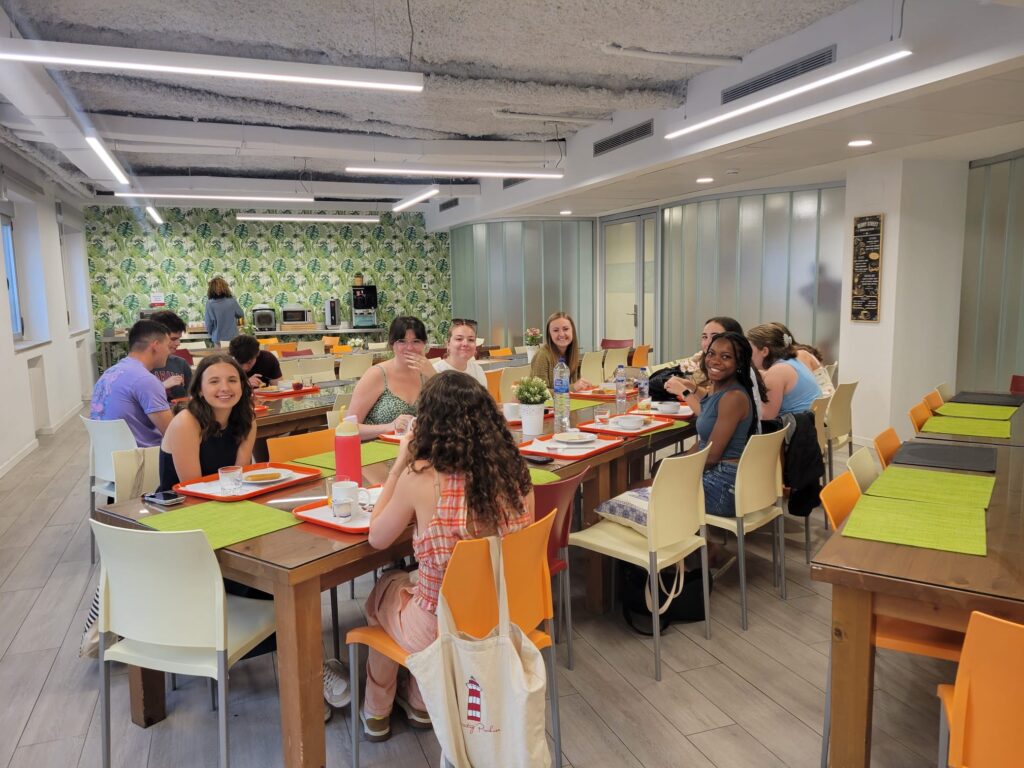Upon returning from my study abroad trip, the question asked nearly constantly was “How was the food?” Most expected an enthusiastic review of the incredible and exotic delicacies I had no doubt enjoyed in the far off land of Spain. I, however, was forced to disappoint. While I along with my fellow American travelers had held grand expectations for the food scene in Madrid, I found myself not enjoying the majority of the meals I ate.
One might rightly point out; “Well, you were eating most of your meals at a university cafeteria!” Most college cafeterias are not known for their excellent food, serving to feed and please the widest variety of students possible. This cafeteria was not an exception to this trend. Breakfast I enjoyed the most, an array of different sweet pastries and cereals with coffee. Breakfast there seemed almost like dessert foods and portions in comparison to the large American breakfasts I was used to. Lunch and dinner were different each day, often a more traditional Spanish meal that Spanish students might have enjoyed before at home. I often felt disappointed in these meals, which looked appetizing but fell short in terms of flavor and texture. I found vegetables and meat to be cooked longer and seasoned less, alongside flavor combinations previously unknown to me (for example: a fried egg on spaghetti? ). I recall a specific instance where I was warned by a chef that a certain sauce was quite spicy. Upon trying it I found that even just black pepper would be spicier! The convenience of the dorm cafeteria often outweighed the slightly daunting food choices, so I returned there often despite.
A bit discouraged by the dorm meals, I turned to restaurants in the city. The “gastronomía” of Madrid had often been touted to me as a tourist attraction of the city, so I was excited to try as much new food as possible. However, I remained disappointed in testing out new Spanish foods. The meals I recalled enjoying the most were not of Spanish origin, but of cultures brought to the country through immigration, such as Japanese and Italian cuisine. My friends and I were further motivated to find good restaurants to try because of our mutual disappointment in many of our meals. In putting our efforts together we found plenty of good food in the city and had a great time doing it.
This experience of disillusionment with the image of place after visiting taught me a valuable lesson about travel and countries outside of my own. Many Americans are unable to travel outside of the US, opting instead to explore our own large and diverse land and people groups. I myself had not been immersed in another country’s culture as I was in Spain this summer, and it opened my eyes to the level of idealization we Americans often place on countries in Europe. Although Europe may seem like a perfect and separate utopia to us, filled only with delicious food, beautiful people, and free healthcare, Europeans are just as we are. Though there may be differences in cultural expectations and history, people are people wherever you go. Just as a Spaniard might cringe at my mac-n-cheese, I may also turn away from a boiled chicken sandwich with no sauce.

